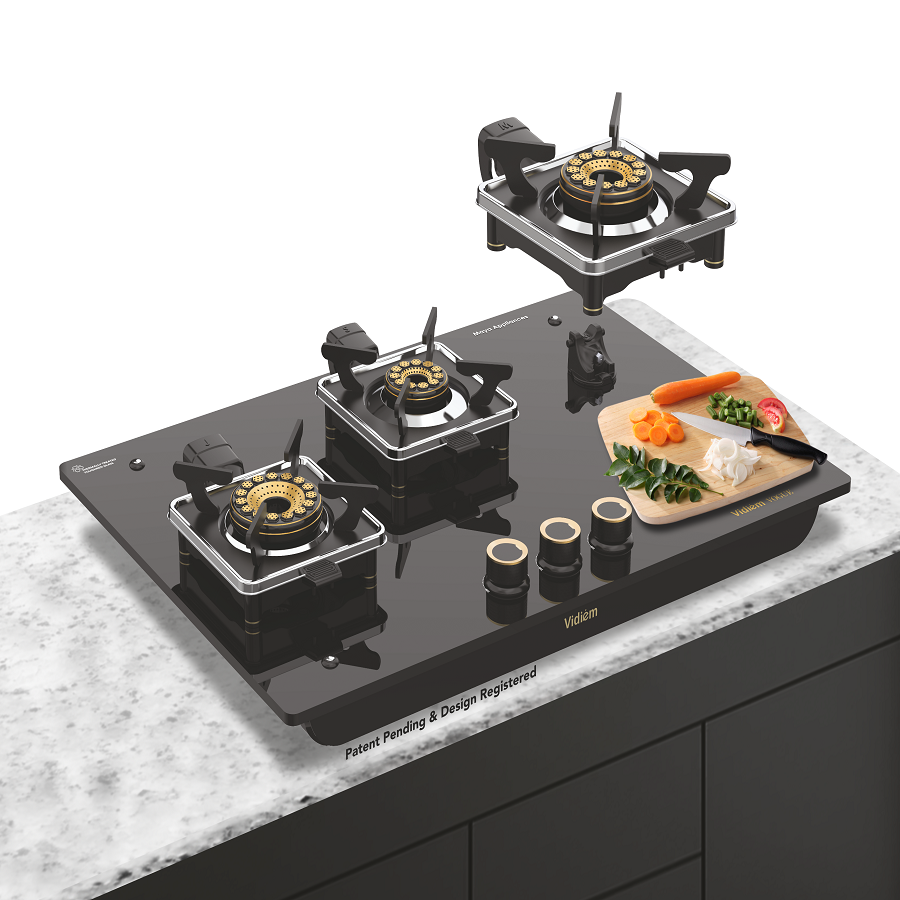Selecting the perfect gas stove for your kitchen is a crucial decision that can significantly impact your cooking experience and overall kitchen functionality. Gas stoves are favored by many cooks for their precise temperature control, quick heating, and ability to respond instantly to changes in flame. In this article, we will explore various aspects of gas stoves, including types, features, size considerations, efficiency, safety, maintenance, and more. By the end, you’ll be equipped with the knowledge needed to make an informed choice that suits your culinary needs.
Understanding Different Types of Gas Stoves
Freestanding Gas Stoves
Freestanding gas stoves are versatile and among the most common types found in homes. They come with a built-in oven and can be placed anywhere in the kitchen, making them ideal for varying layouts. These stoves typically feature a backguard, which can provide additional space for placing utensils and condiments while cooking.
One advantage of freestanding gas stoves is their accessibility; they can be easily replaced or moved if necessary. Most models offer a range of burner sizes, allowing for multi-tasking when preparing meals. Additionally, many freestanding units come with self-cleaning options, adding convenience to kitchen maintenance. However, one downside is that they may not fit seamlessly into custom cabinetry, which can be a consideration if you’re looking for a cohesive look.
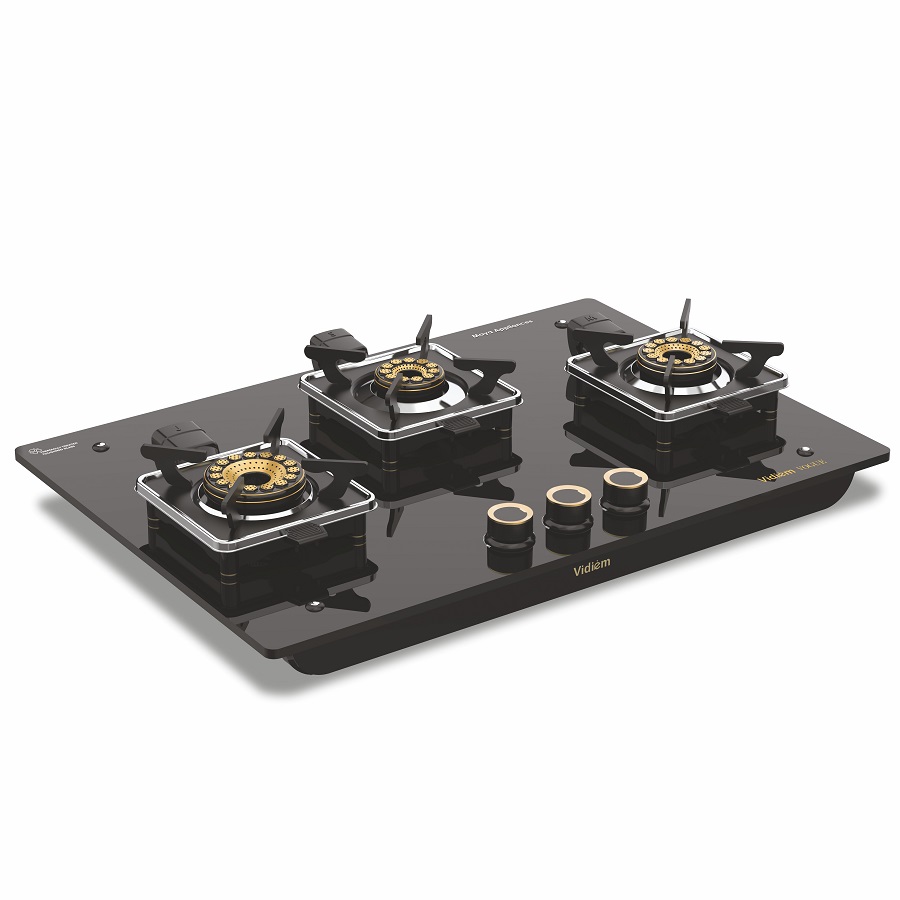
Slide-In Gas Stoves
Slide-in gas stoves are designed to fit between cabinets, providing a built-in look without the need for extensive remodeling. These stoves typically have controls located at the front, allowing for easy access without reaching over hot burners. The design also usually includes a continuous surface, making it easier to clean and ensuring that spills do not collect in crevices.
One of the main benefits of slide-in models is their aesthetic appeal; they often have a more modern and upscale look, enhancing the overall design of your kitchen. However, slide-in stoves can be more expensive than freestanding units, and their installation may require professional assistance to ensure a proper fit. It’s essential to measure your space accurately before choosing this type of stove to avoid any compatibility issues.
Built-In Gas Stoves
Built-in gas stoves are embedded within custom cabinetry, offering a sleek and integrated appearance in your kitchen. These models are designed to blend seamlessly with your kitchen layout and can be configured in various ways, such as wall-mounted or as part of an island. Built-in stoves often feature high-end finishes and advanced technology, catering to those who prioritize aesthetics and performance.
While built-in gas stoves can elevate your kitchen’s design, they also come with higher costs, both in equipment and installation. Additionally, once installed, they may be more challenging to replace, should you decide to change your kitchen layout in the future. Nevertheless, for homeowners looking to create a luxurious cooking environment, built-in models can be well worth the investment.
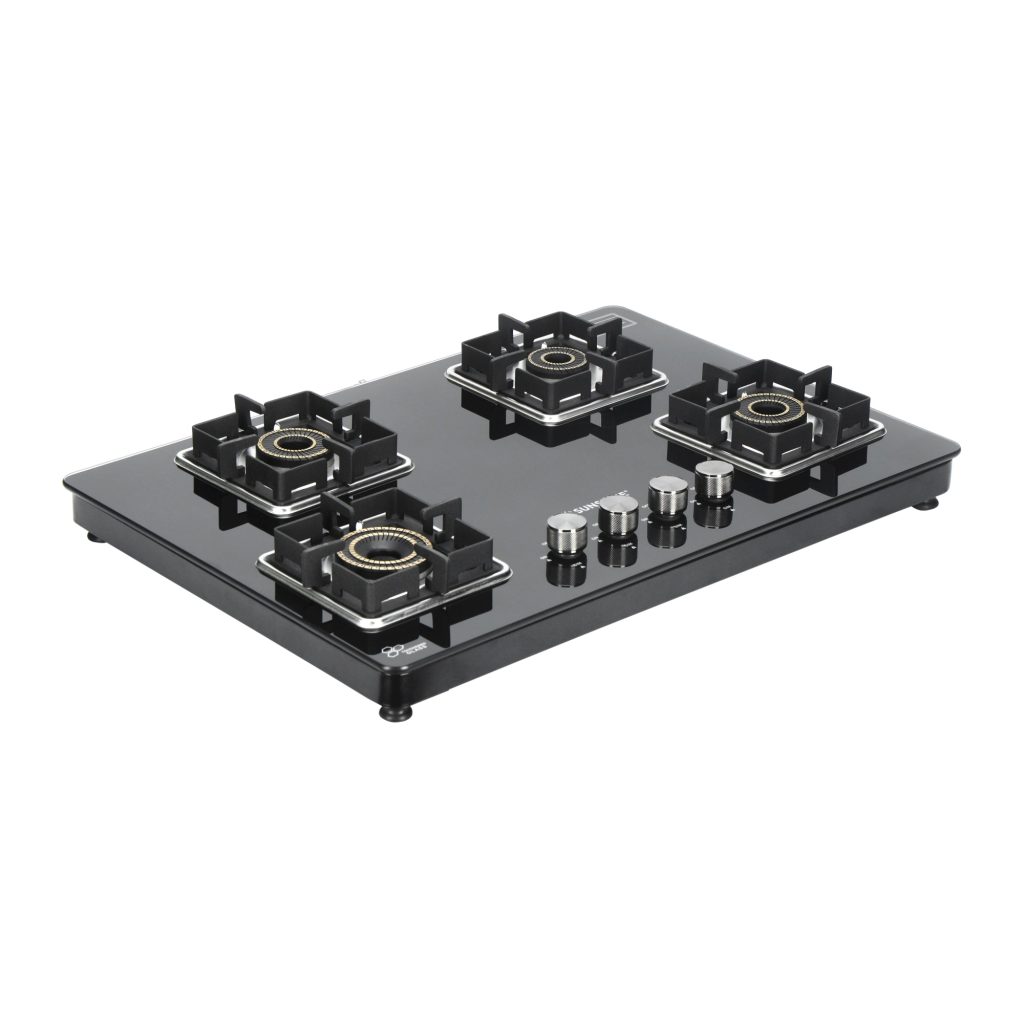
Key Features to Consider
Burner Configuration
One of the most important features to consider when choosing a gas stove is the burner configuration. Burners come in various sizes and power outputs, typically ranging from 5,000 to 20,000 BTUs (British Thermal Units). A good mix of burner sizes is essential for accommodating different cooking methods, such as simmering sauces or boiling water quickly.
When evaluating burner configurations, think about your cooking habits. If you frequently prepare large meals or use multiple pots and pans simultaneously, opting for a model with a higher number of burners can be beneficial. Some advanced models even offer dual-fuel options, allowing users to combine the benefits of gas stovetops with electric ovens, providing greater flexibility for cooking preferences.
Cooktop Material
The material of the cooktop can influence the stove’s durability, ease of cleaning, and overall appearance. Common materials include stainless steel, porcelain-enamel, and glass. Stainless steel is popular for its modern look and resistance to stains; however, it can show fingerprints and smudges easily, requiring regular cleaning to maintain its shine.
Porcelain-enamel surfaces are easier to clean but can chip or scratch over time. Glass cooktops offer a sleek and stylish aesthetic but may be more prone to scratching if not treated carefully. Ultimately, the choice of cooktop material should align with your cooking style and how much effort you’re willing to put into maintenance.
Oven Features
When selecting a gas stove, it’s essential to consider the features of the oven as well. Many modern gas stoves come with convection ovens, which utilize a fan to circulate hot air for even cooking. This feature can drastically reduce cooking times and improve results, especially for baking.
Other valuable oven features to look for include self-cleaning options, multiple rack positions, and temperature probes that allow for precise cooking. Some high-end models even incorporate smart technology, enabling you to control cooking settings from your smartphone. Assessing your cooking needs will help you determine which oven features will be most beneficial for your kitchen.
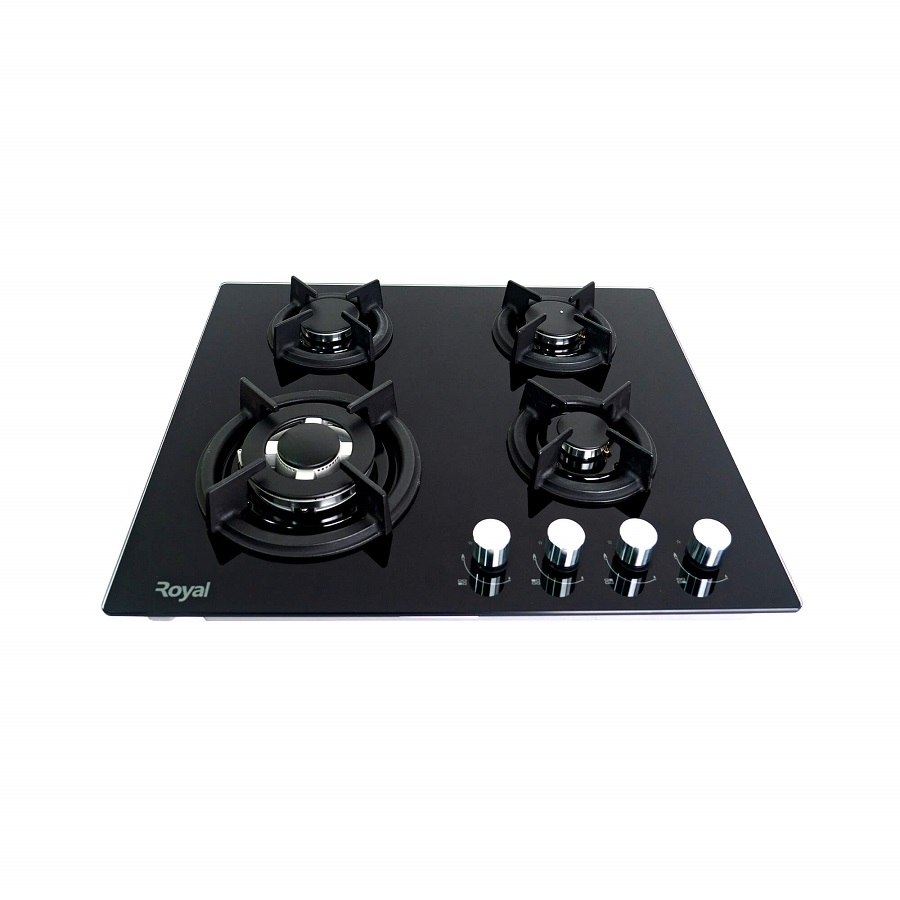
Size Considerations
Measuring Your Space
Before purchasing a gas stove, it’s imperative to measure your available kitchen space to ensure a proper fit. Standard widths for gas stoves typically range from 30 to 36 inches. However, certain models may be narrower or wider, so checking the specifications is crucial. Additionally, consider the depth and height of the stove, particularly if you have cabinetry or countertops that might obstruct installation.
It’s also important to measure the space around the stove, allowing for adequate clearance. Local building codes often require specific distances between the stove and combustible materials, such as cabinets and walls. Ensuring compliance with these guidelines not only enhances safety but also promotes efficient kitchen workflow.
Choosing the Right Capacity
The capacity of a gas stove refers to the internal volume of the oven, which is typically measured in cubic feet. If you frequently bake or roast large items, such as turkeys or multiple trays of cookies, opting for a model with a larger oven capacity is advisable. Standard capacities usually range from 4.0 to 6.0 cubic feet.
On the other hand, if your cooking needs are more modest, a smaller oven could suffice. It’s essential to balance the size of the stove with your kitchen space and cooking demands to maximize functionality without overcrowding the area. Consider your typical meal preparations and whether you often entertain guests who may require more oven space.
Energy Efficiency and Performance
Understanding Energy Ratings
Energy efficiency is an important factor to consider when choosing a gas stove. Gas appliances are generally more energy-efficient than electric ones, as gas provides instant heat with less energy loss. However, the efficiency of gas stoves can vary depending on the manufacturer and model. Look for stoves with an Energy Star rating, which indicates that they meet strict energy efficiency guidelines set by the U.S. Environmental Protection Agency.
An energy-efficient gas stove can save you money on utility bills in the long run. Additionally, some modern gas stoves come with features like simmer burners that allow for low-heat cooking without wasting energy, further enhancing efficiency. Assessing energy ratings and features will help you choose a stove that aligns with your sustainability goals.
Assessing Cooking Performance
Cooking performance is another critical area to evaluate when selecting a gas stove. A good gas stove should provide even heat distribution across the burners, preventing hotspots that can lead to uneven cooking. Look for models that offer features such as sealed burners, which help contain spills and maintain consistent heat.
Another performance aspect to consider is ignition type. Continuous spark ignition systems provide reliable lighting without the need for matches or lighters, making the cooking process safer and more convenient. Reading reviews and seeking recommendations can provide insight into the cooking performance of different models, helping you make an informed decision based on real-world experiences.
Safety Features
Flame Failure Safety Devices
Safety should always be a priority when selecting a gas stove. One of the essential safety features to look for is a flame failure safety device. This system automatically shuts off the gas supply if the flame goes out, preventing potentially dangerous gas leaks. This feature is especially crucial for households with children or pets, where accidental stove activation can pose risks.
In addition to flame failure devices, consider models equipped with childproof locks or control panels that are positioned out of reach of small hands. These features can provide peace of mind, allowing you to focus on cooking without worrying about unintended accidents.
Ventilation Systems
Proper ventilation is vital in any kitchen, particularly when using gas stoves, as they can produce combustion by-products, including carbon monoxide. Ensure that your kitchen has adequate ventilation through range hoods or exhaust fans to help eliminate smoke, grease, and odors during cooking.
When selecting a gas stove, consider models that can effectively integrate with your existing ventilation system. Some advanced stoves even come with built-in ventilation options that enhance air quality while cooking. Investing in a quality ventilation system not only improves safety but also contributes to a more comfortable cooking environment.
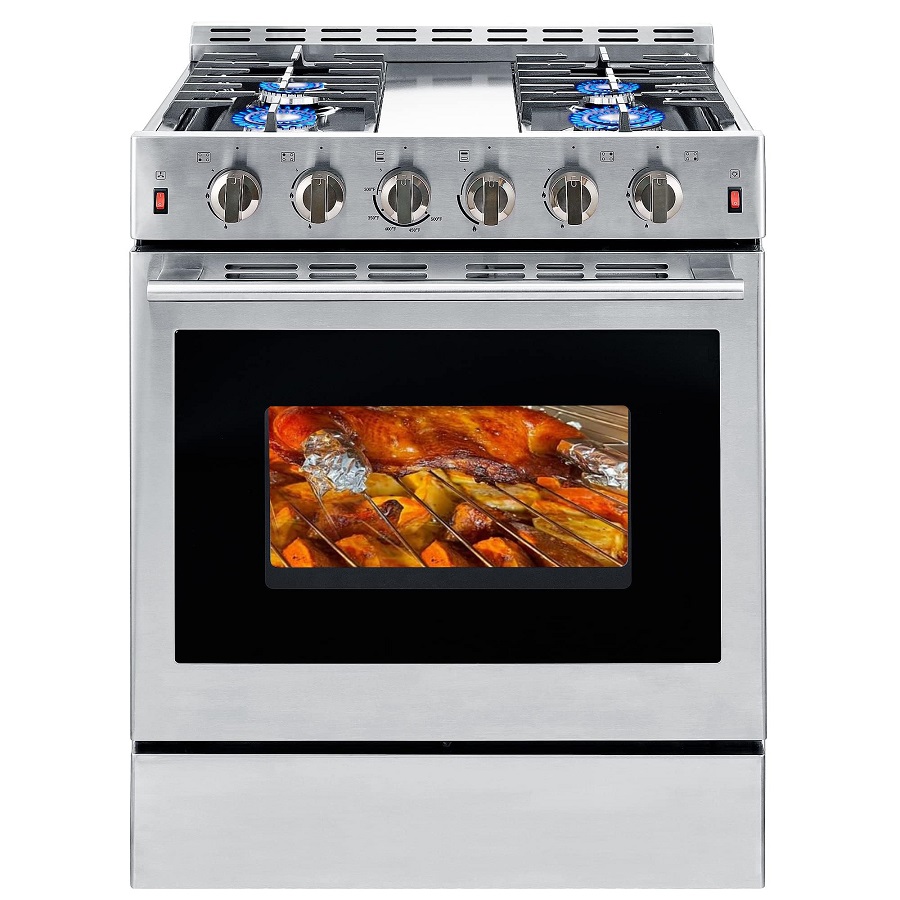
Maintenance and Care
Regular Cleaning Practices
Maintaining your gas stove is essential to ensuring its longevity and performance. Regular cleaning practices can prevent buildup of grease and food particles, which can affect both aesthetics and functionality. After each use, take a few moments to wipe down the burners and stovetop with warm, soapy water. For tougher stains, consider using a non-abrasive cleaner specifically designed for your stove’s surface material.
Additionally, pay attention to the oven interior, where spills and splatters may occur. Many modern gas stoves come with self-cleaning features, which can make this task easier. However, if your model does not have this option, a thorough manual cleaning every few months is advisable. Following a consistent cleaning routine helps maintain efficiency and enhances the lifespan of your appliance.
Scheduling Professional Maintenance
In addition to routine cleaning, scheduling professional maintenance can keep your gas stove functioning optimally. A certified technician can perform a thorough inspection, checking for gas leaks, burner performance, and any necessary adjustments. Regular maintenance can also include cleaning or replacing burner caps, inspecting ignition systems, and ensuring that ventilation systems are working correctly.
Scheduling maintenance annually can prevent minor issues from escalating into costly repairs. Furthermore, it ensures that your stove operates safely, providing you with peace of mind while cooking. Keeping detailed service records can also be beneficial for warranty purposes and resale value should you decide to upgrade in the future.
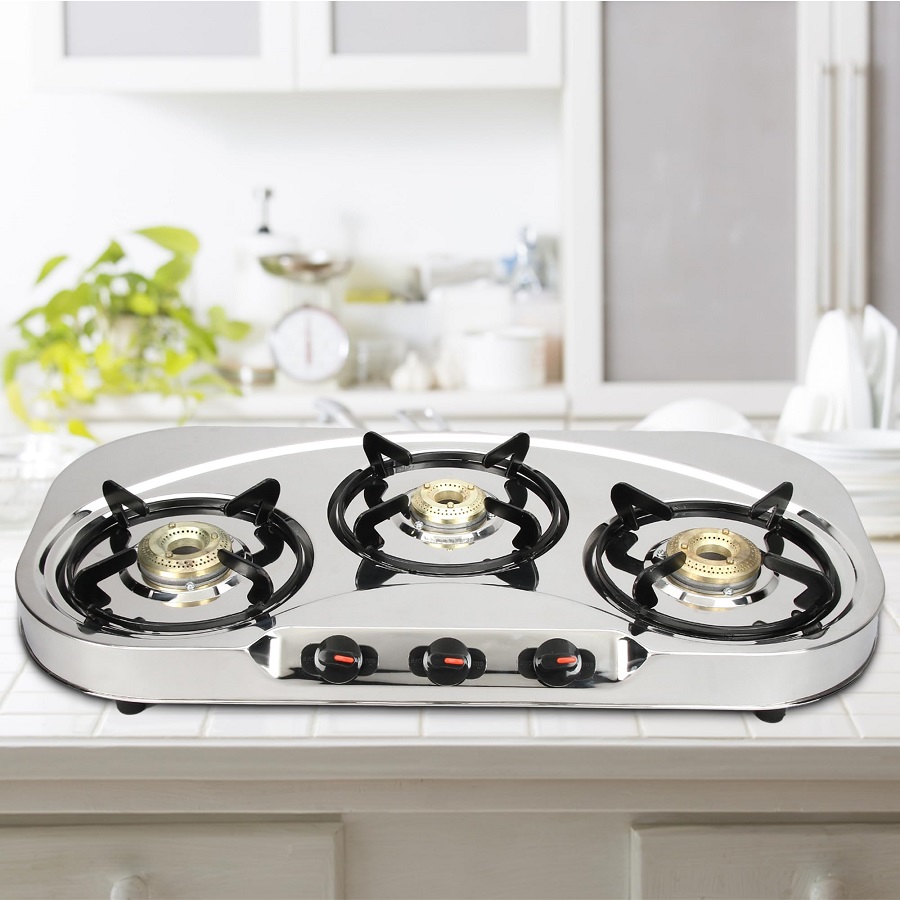
Conclusion: Making the Right Choice for Your Kitchen
Choosing the right gas stove for your kitchen involves careful consideration of various factors, including type, features, size, efficiency, and safety. By understanding your cooking habits and personal preferences, you can select a stove that not only meets your culinary needs but also enhances your kitchen’s overall aesthetic.
Take the time to research different models, read reviews, and consult with professionals to ensure that you make an informed decision. Remember, investing in a high-quality gas stove will not only improve your cooking experience but will also add value to your home. With the right stove in place, your kitchen can become a hub of creativity, family gatherings, and delicious meals for years to come.
